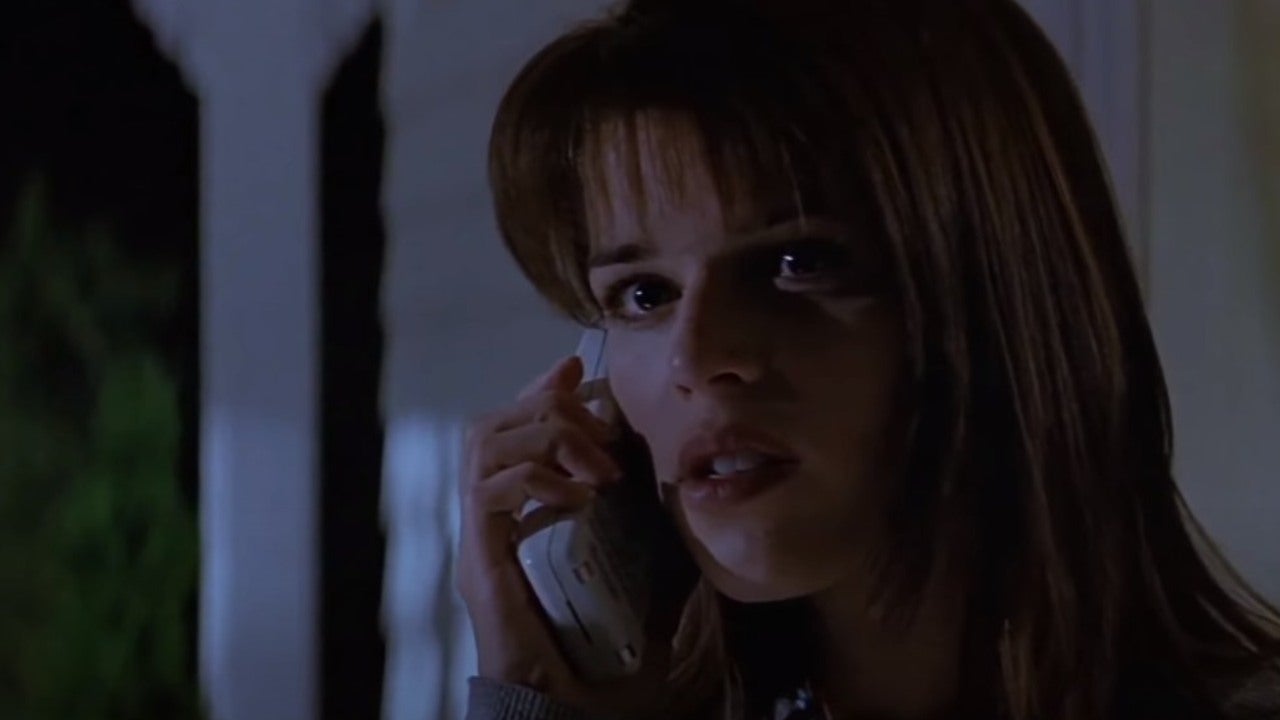The Feminine and the Final Girl
One of horror cinema’s most enduring tropes is the final girl. The final girl is the last surviving female character who must face the killer or creature in the film’s climax. It’s a celebrated element of scary movies, particularly in – but not limited to – the slasher subgenre, so much so that a highly underappreciated movie (that I talk about here) and an upcoming book, as well as a TV series based on that book, have been made about the concept. But why are final girls a thing? Why are they specific to the horror genre? And, most of all, why do they work so well? The answer is tied to femininity itself. So, this Halloween, let’s examine the ladies we have to thank for saving us from horror’s scariest monsters.
*SPOILERS FOR SOME HORROR CLASSICS BELOW*
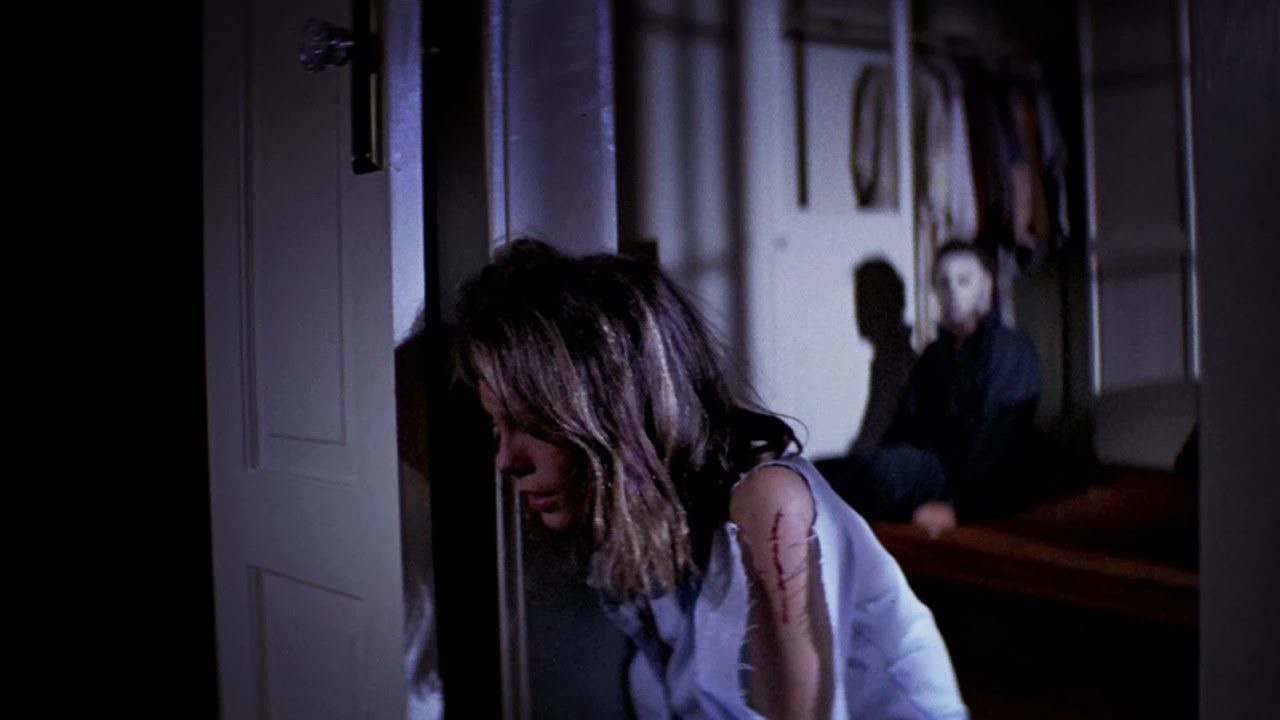
The final girl trope is rooted in vulnerability. Women are physically weaker than men; this is a truth we may not be allowed to speak nowadays, but even those who most vociferously insist the opposite instinctually know it’s true. That vulnerability brings with it a natural urge to protect; when the danger becomes real, men want to protect women, and women want to be protected (unless there are kids involved, and she goes into Sarah Conner mode). In horror, those instincts manifest in the final girl. She is someone men want to protect, and women want to see protected, perhaps imagining themselves in the place of the on-screen heroine. Art that resonates, that stands the test of time, does so because it understands and embraces humanity rather than reinforcing current social mores. The final girl persists because we all desperately want her to live.

This works so well in horror because those stories are about fear. If we aren’t afraid, horror is just boring, and fear in these circumstances comes from seeing someone uniquely vulnerable faced with a seemingly insurmountable obstacle. A man simply doesn’t work in that situation because we expect a man to at least try to defend himself. If some nut with a machete is coming after you, it’s up to you to kill him first. But a woman in that predicament is different; we know she’s at such a severe physical disadvantage that balling up her fists and encouraging her tormentor to come get some would be suicide. Whether this is fair is debatable, but nature often isn’t fair, and the truths that gave birth to the final girl are natural truths; women are physically weaker than men, and both men and women want to protect a woman in danger. But it’s a movie, and you’re sitting in your seat, unable to do anything but eat more popcorn and watch the poor girl run from something she can’t hope to escape, let alone defeat. That is instant fear, and the movie has you in a way it couldn’t if the hero were a man. In fact, horror movies will often remove the men – particularly the more masculine men – from the chessboard, either by killing them off or revealing them as the killers. In the end, the final girl is all alone, meat for the beast with no one to save her.
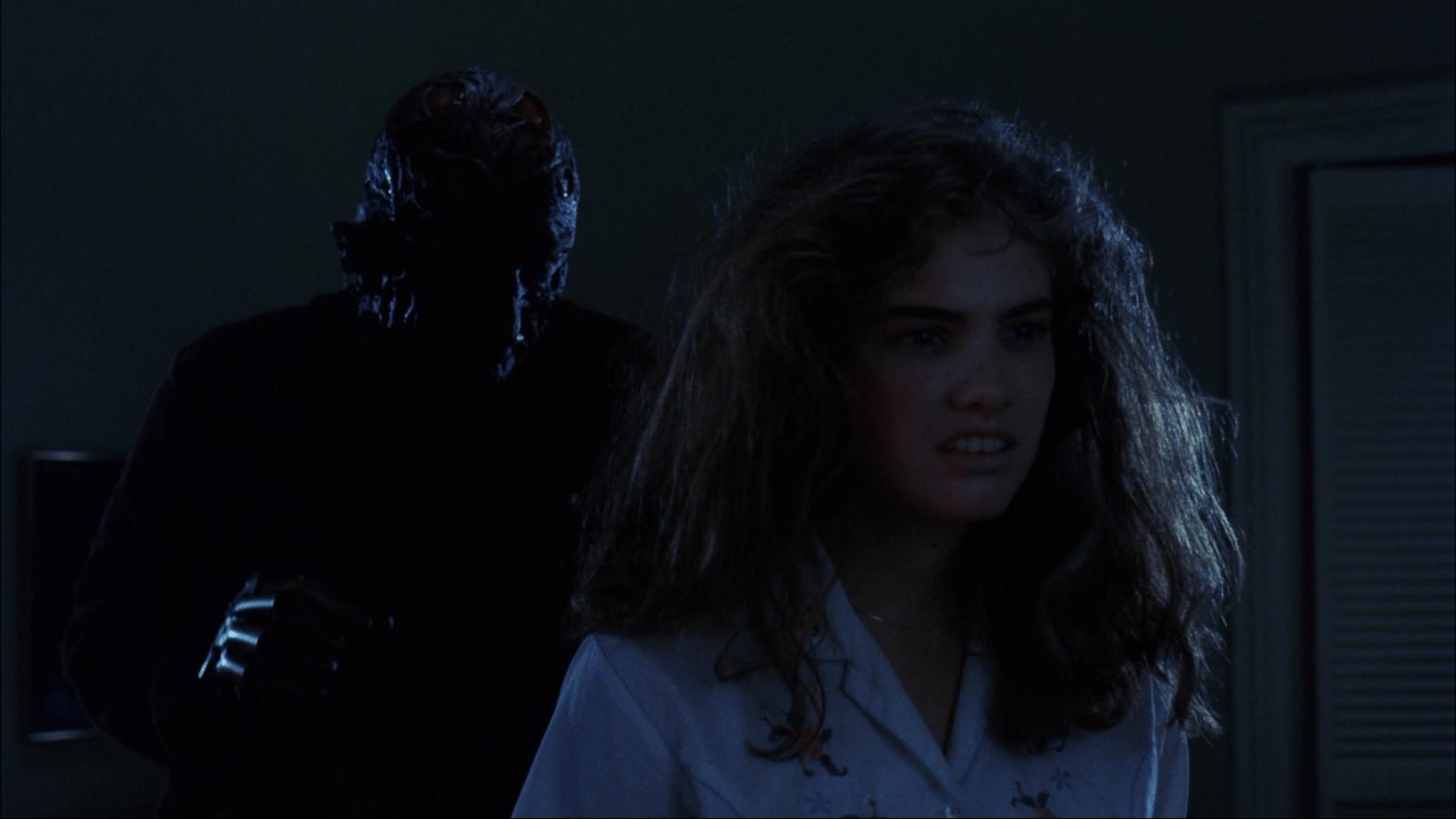
But then, something magical happens. The final girl turns our instincts, our natural expectations, on their heads by turning the tables on the killer. She uses her femininity to her advantage; since she can’t punch and kick her way out of certain death, she has to think her way out of it. The tools of the final girl’s trade may eventually become knives, guns, or other weapons, but the lead-up is always strategy. She’ll find the perfect hiding spot, create a diversion to distract the villain, maybe even employ disguise, and she’ll always improvise, using her surroundings as weapons, shields, and escapes. (Sidney Prescott of Scream does all of these because she’s the best final girl.) This is an example of subverting expectations in a good way; no matter how many horror movies we’ve seen, we always feel like the final girl is in mortal danger, and she ends up kicking nature’s ass and both surprising and relieving us.
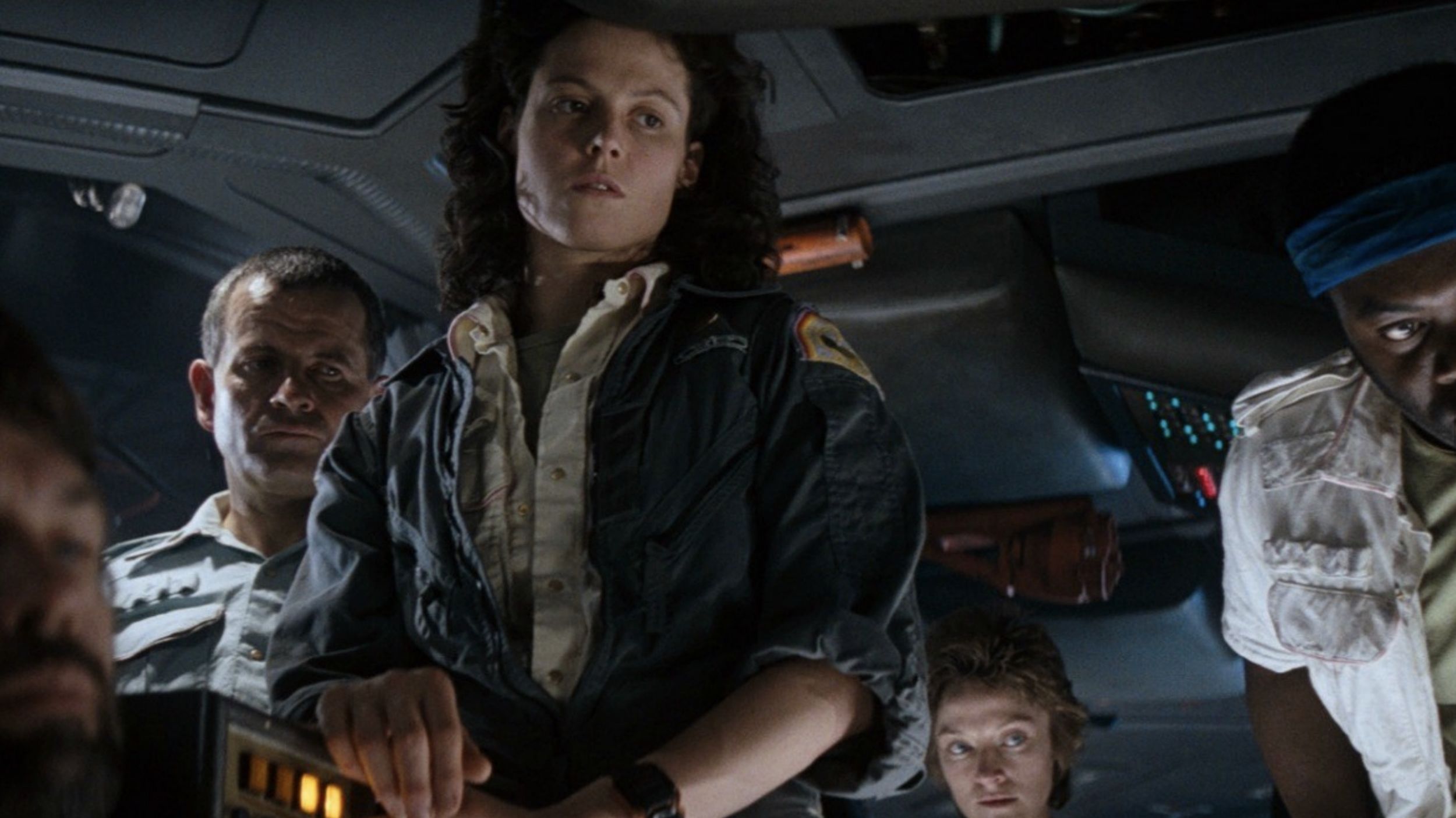
Looking at some of the classic final girls, we can see these concepts in action. Laurie Strode spends most of Halloween either gossiping with her girlfriends or babysitting – a job associated primarily with women. When Michael Myers finds his way to her, she first makes sure the kids in her charge are safe, the motherly instincts of a feminine woman. When she’s trapped in the house, she mostly tries to escape, running away or hiding in the closet. Her attacks against Michael are defensive, acts of desperation from a girl at the mercy of pure evil. It’s also worth noting that one of the weapons she uses against him is a sewing needle, a tool used in an activity associated with women. Early in Friday the 13th, Alice finds a snake in her cabin and calls for the boys to come and kill it for her. When she’s the lone survivor faced with a twisted killer, a woman who’s been established as afraid of creepy crawlies must summon the strength and courage she’s never even considered she may have to run, hide, and finally take a machete to a psycho. Nancy Thompson relies on men throughout A Nightmare on Elm Street to save her – her boyfriend, her father, her father’s deputy. But each one lets her down, and ultimately she realizes she must defeat Freddy Kruger all by herself. She does it by refusing to play the game he demands she play, using the confidence that, ironically, Freddy himself instilled in her to destroy him (or whatever happens; I love the movie, but that ending is a mess). You could even call Ellen Ripley of Alien a final girl, and though she’s got a traditionally masculine job and is surrounded by testosterone, she displays feminine qualities herself, like fleeing the ship instead of fighting a monster she knows she can’t beat and risking her life to save the cat, a surrogate child (who paves the way for Newt in the sequel). But when the Alien finds itself on her escape pod, she’s got to dig deep and use whatever means she can find to take on the thing that killed all the men who could have protected her (while stripped down to her underwear, amplifying her vulnerability). All these women are also victims of circumstance, put in their position by outside forces beyond their control. Laurie happened to be delivering a key to the Meyers house when Michael showed up (I know she’s later revealed to be his sister – and then kinda not – but we’re just talking the first movie here); Alice wants to leave but lets the head counselor convince her to give Camp Crystal Lake to the end of the week; Nancy is targeted by Freddy because of her parents’ vigilante justice; Ripley is a victim of a lifeform brought on board the ship by a crewmate. Like their vulnerabilities, life dealt them a losing hand, and now they’ve got to play it.
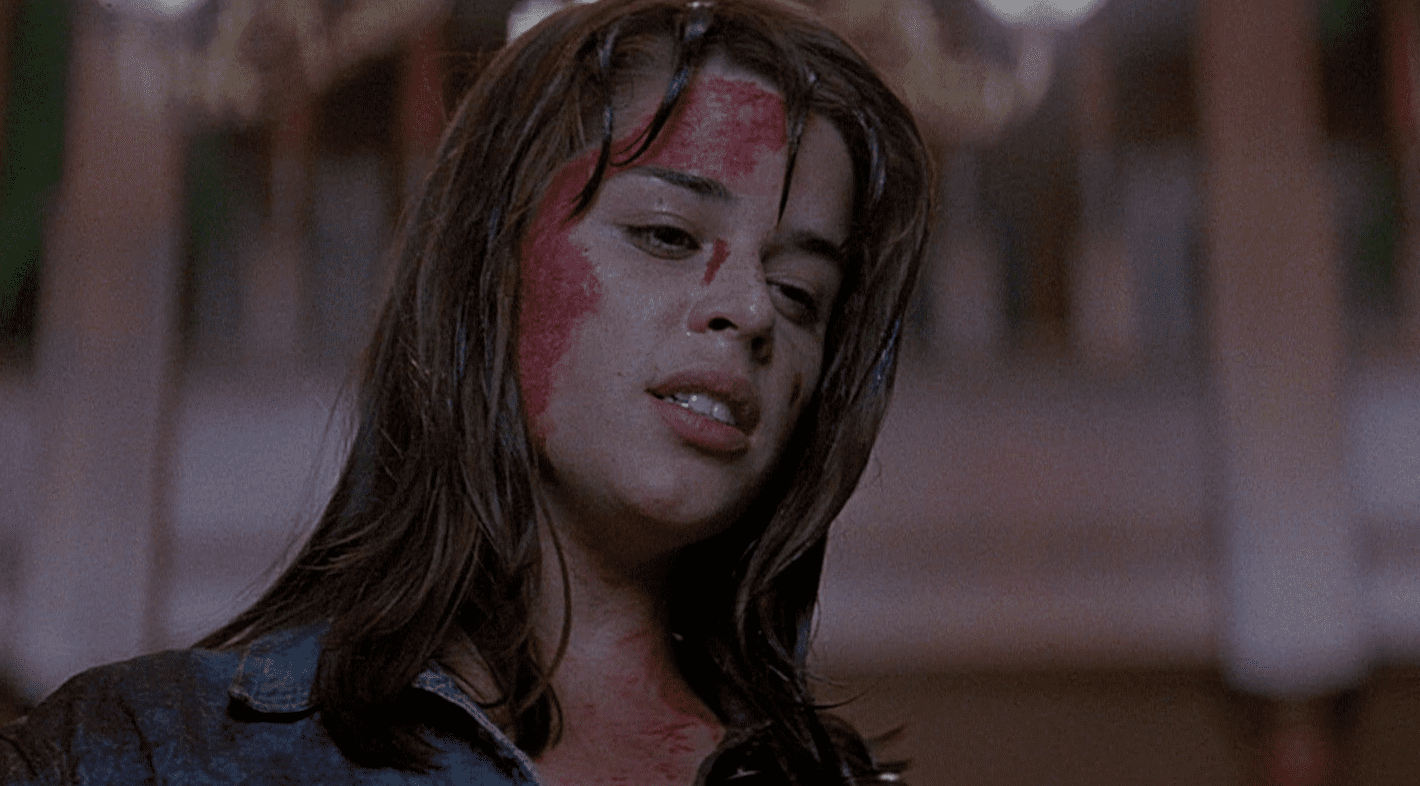
Then, there’s Sidney Prescott. Sidney is so great partly because she ticks most of the final girl boxes, but also because she upends them. She’s feminine and virginal; in her first scene, she’s dressed in a nightgown and fending off the latest sexual advances of her horny boyfriend. Virginity is another common final girl trait, symbolizing her innocence and making her seem that much frailer; she hasn’t even experienced the world yet, and here’s this creep trying to take her life. All the women mentioned above are either established virgins or not shown having sex in their movies, often while their doomed friends gleefully fornicate. Sidney begins Scream marching along to this final girl element, but by the end, she has sex; she’ll decide when she’s ready, not her boyfriend and certainly not an audience conditioned to expect her to remain chaste if she wants to survive. (The movie is fully aware of this and lets us know that through Randy and, later, Billy and Stu – “Now, you gotta die. Those are the rules.”) Her femininity remains as well, but Sidney reacts to some of her deadly encounters with Ghostface by employing masculine responses. When the killer tells her he can see her during their first phone duel, Sid says, “Yeah? Well, I call your bluff,” and walks outside onto her porch, challenging him to prove he’s really watching her. And during the climax, she not only runs and hides but uses both the creepy-voiced phone call and the Ghostface costume against the bad guys. And instead of allowing the “one last scare” from the killer to imply her demise and/or the villain’s victory, like Nancy, Laurie, and Alice, she blows Billy’s brains out without so much as a gasp, using her epitaph to take ownership of the movie instead of letting it belong to the monster. And Sidney is a target because of her mother’s infidelity, but she has also made a huge mistake in her past, helping to convict an innocent man of her mom’s murder. Now, she’s got to face the real killers; in doing so, she’s making amends for her sins, righting the wrong she created instead of blaming her troubles on someone else. Professor Geek made a fantastic video about vampire mythology where he argued that they are representations of old world religions in their evil and that only turning to those old ways can defeat them. Perhaps the same is true of the final girl; she represents the classical female ideal – virginal, vulnerable, letting life decide for her instead of doing so herself – and Sidney is the breaking of that mold, a bigger subversion than even her forbears. There’s certainly none like her, even the contemporaries she helped create.
As long as there are horror movies, there will be the final girl. It feels strange to say that, as she’s a relatively new concept, having emerged in the 70s. But she’s an indelible part of the genre now, and her inclusion in a scary movie is a celebration of the feminine, even as she subverts it. So, this Halloween, kick back with some movies and salute the great women of horror. But don’t be too afraid; she’ll make it in the end.

